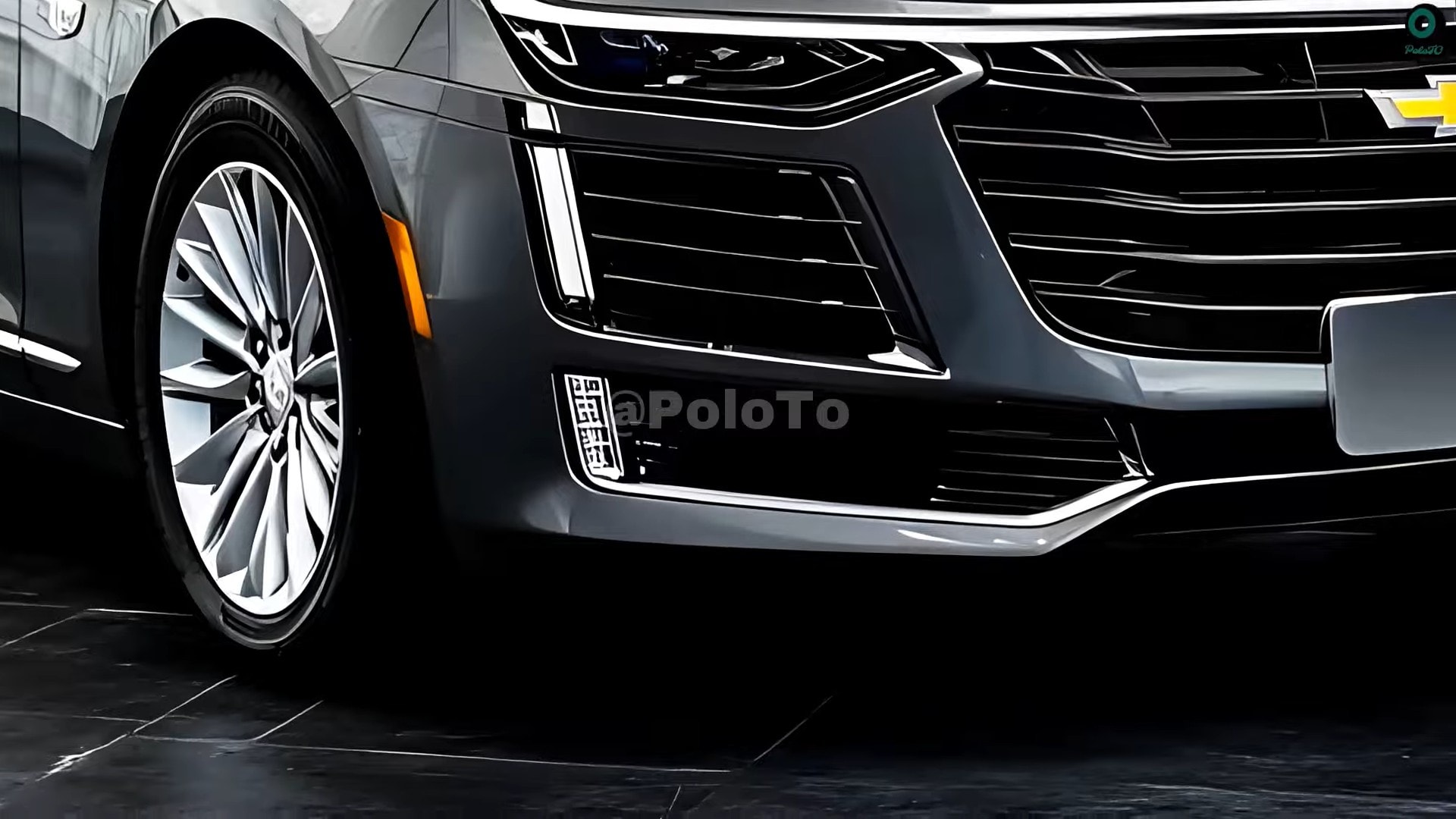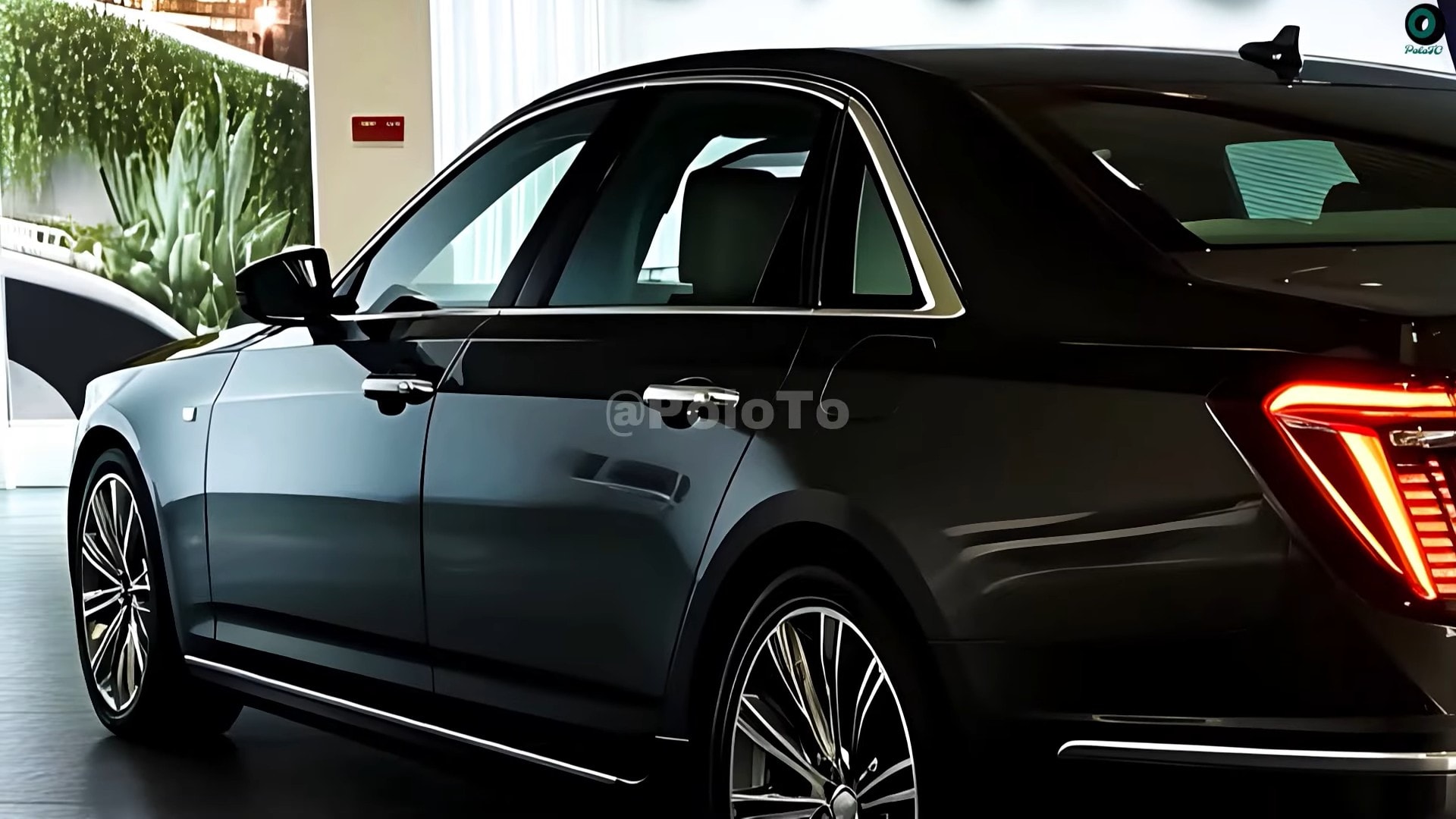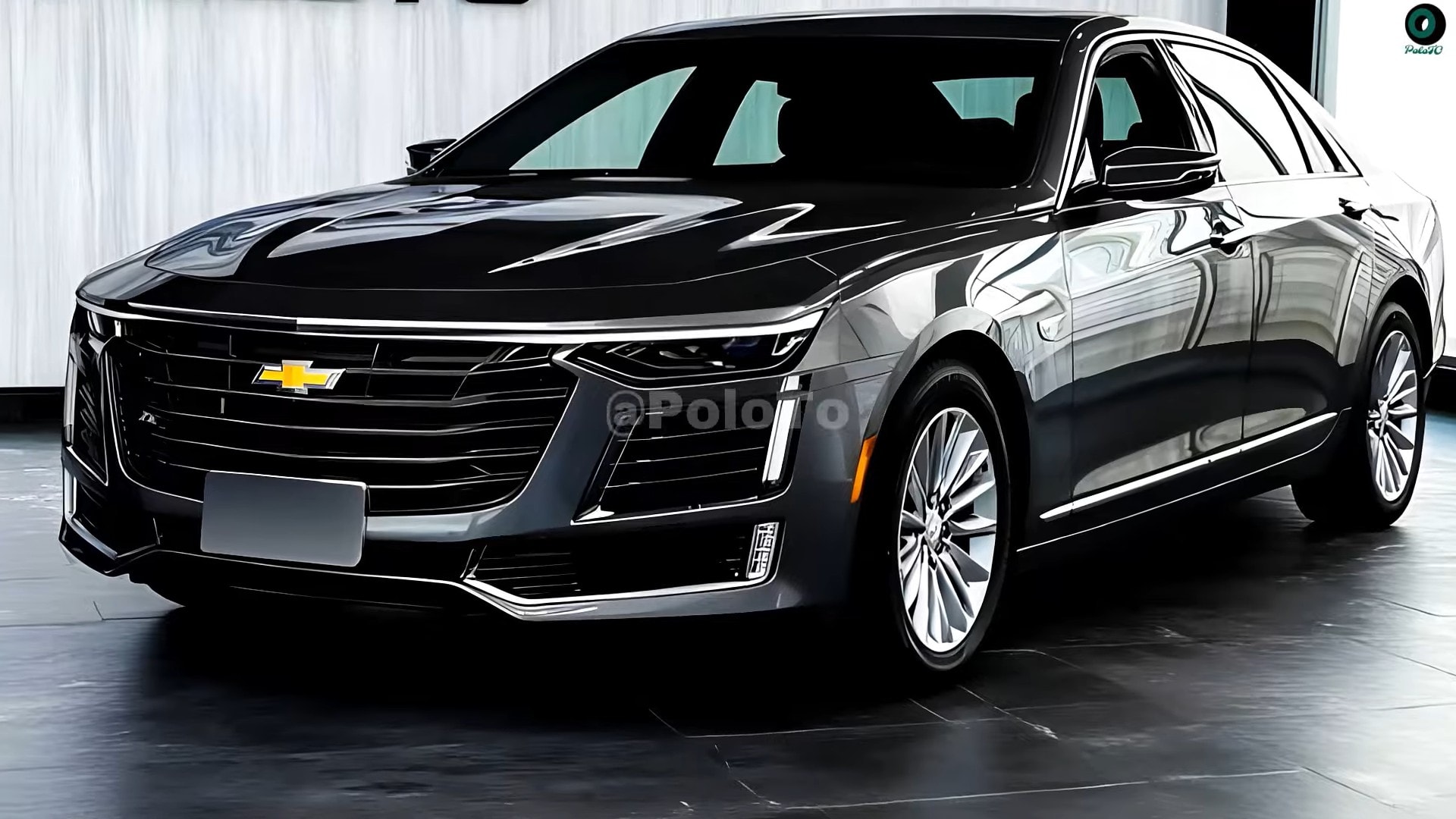Chevrolet’s passenger car lineup is shrinking rapidly, mirroring Ford’s recent decision. The iconic Camaro, once a staple of the American muscle car scene, has been discontinued, leaving the Malibu as the sole survivor. However, even the Malibu’s days are numbered as its production nears its end.
With the potential demise of the Malibu, Chevrolet’s passenger car offerings could be reduced to just the C8 Corvette. This shift aligns with a broader trend in the automotive industry, where SUVs and trucks have become increasingly popular at the expense of traditional sedans and coupes.

The discontinuation of the Camaro and the impending end of the Malibu mark a significant departure from Chevrolet’s historical commitment to offering a diverse range of passenger cars. For decades, the brand has been synonymous with iconic models like the Corvette, Camaro, and Impala. However, changing consumer preferences and economic factors have forced automakers to reevaluate their product portfolios.
While the C8 Corvette remains a strong and popular model, it does not fill the void left by the Camaro and Malibu. The Corvette is a high-performance sports car, catering to a niche market. The Camaro and Malibu, on the other hand, were more accessible to a wider range of consumers. Their absence from Chevrolet’s lineup could limit the brand’s appeal to certain segments of the market.
Chevrolet’s decision to focus on SUVs and trucks is not without its risks. While these vehicles have proven to be highly profitable, they are also susceptible to market fluctuations. A downturn in the economy or a shift in consumer preferences could have a significant impact on the demand for SUVs and trucks.
To mitigate these risks, Chevrolet should consider diversifying its product portfolio. While passenger cars may not be as profitable as SUVs and trucks, they can still contribute to the brand’s success. By offering a mix of vehicles, Chevrolet can better meet the needs of a diverse customer base and reduce its reliance on any single product segment.
One potential strategy for Chevrolet is to focus on developing electric vehicles (EVs). EVs are becoming increasingly popular, and Chevrolet has the opportunity to position itself as a leader in this emerging market. By investing in EV technology, Chevrolet can not only attract new customers but also strengthen its brand image as a forward-thinking and environmentally responsible company.
Another option for Chevrolet is to explore opportunities in the luxury car market. While the Corvette is a popular luxury sports car, Chevrolet could expand its offerings to include other luxury segments, such as sedans and SUVs. By entering the luxury market, Chevrolet can compete with established brands like Mercedes-Benz, BMW, and Audi, and potentially increase its profitability.

Ultimately, the success of Chevrolet will depend on its ability to adapt to changing market conditions and meet the needs of its customers. While the brand may be facing challenges in the passenger car market, there are opportunities for growth in other areas.
By carefully considering its options and making strategic decisions, Chevrolet can continue to be a major player in the automotive industry. Recently, the YouTube channel PoloTo Automotive News took a speculative approach to Chevrolet’s future lineup.
They envisioned a revival of the iconic Chevrolet Bel Air sedan, a full size model that dominated the American automotive world from 1950 to 1981. Drawing inspiration from Cadillac’s contemporary designs, PoloTo’s CGI rendering presented a hypothetical modern interpretation of the classic Bel Air, showcasing a potential return of the beloved nameplate in a sedan format.

